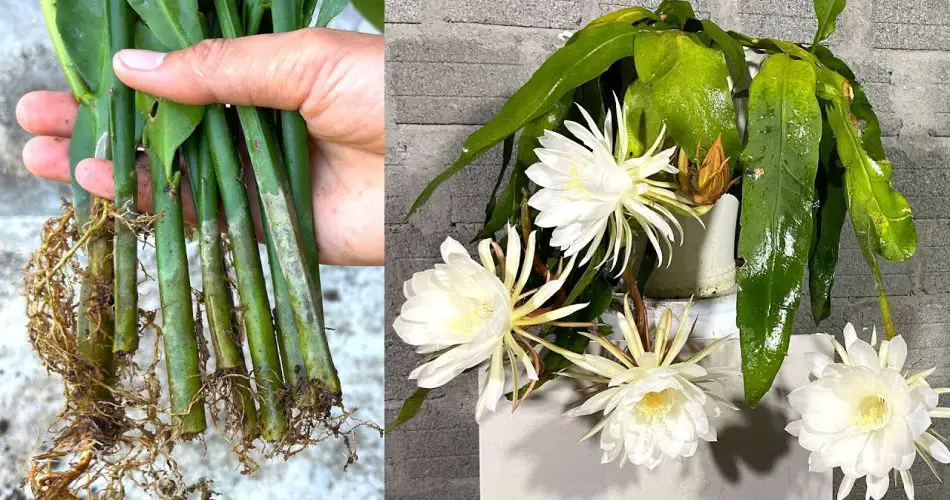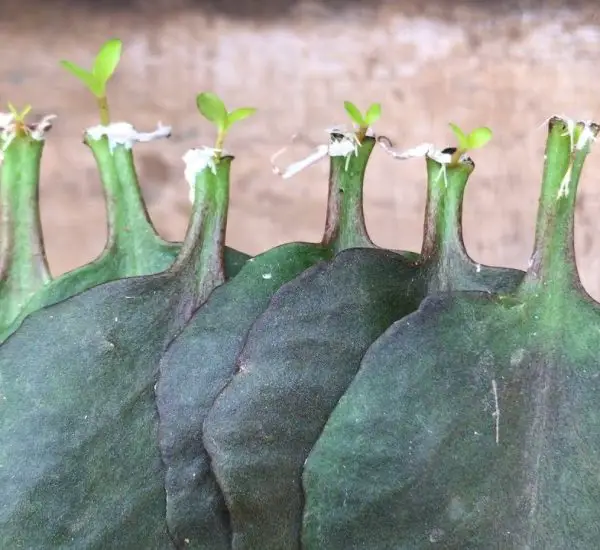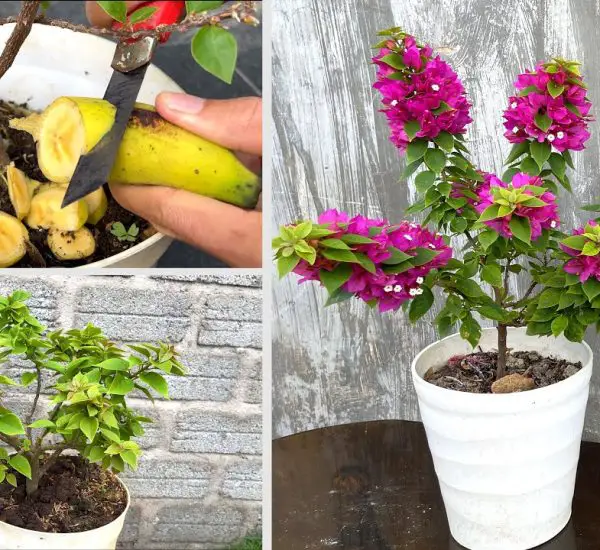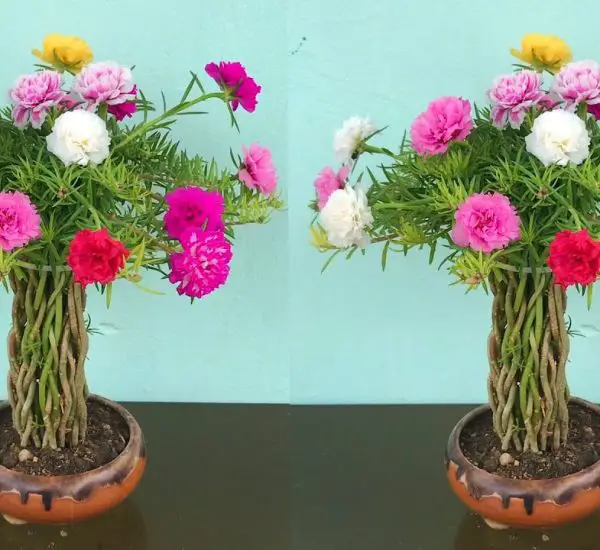The Quynh flower, also known as the Night Blooming Cereus, is a stunning and rare plant that captures the fascination of gardeners and flower enthusiasts alike. This beautiful plant is famous for its large, fragrant blooms that only open at night, giving off a sweet aroma that fills the air. If you want to cultivate this unique plant in your garden or home, here’s a comprehensive guide on how to grow and care for Quynh flowers so you can enjoy their magical nighttime blooms.
What is the Night Blooming Cereus?
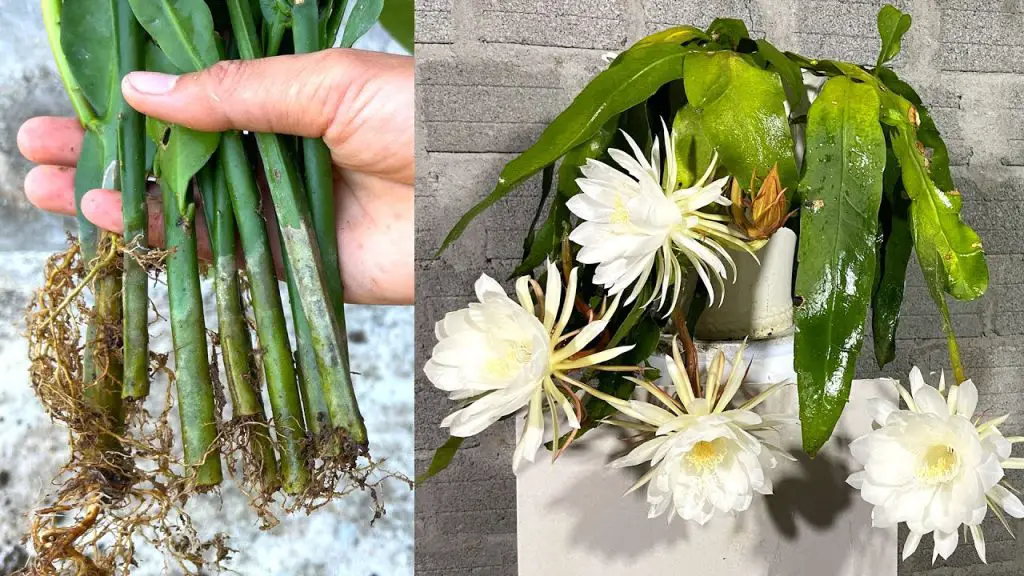
The Night Blooming Cereus (scientific name: Selenicereus grandiflorus) is a type of cactus native to the tropical regions of Central and South America. This plant is known for its dramatic and large white flowers that bloom at night, often lasting only a few hours before closing by morning. It’s a member of the cactus family and thrives in warm, dry conditions.
What makes the Quynh flower so captivating is not just its night-blooming nature, but also its delicate, fragrant petals. These flowers are often compared to orchids in terms of their beauty, and their aroma can fill the entire garden, making it a prized addition to any collection.
How to Grow Quynh Flowers (Night Blooming Cereus)
Growing Night Blooming Cereus from seed or cutting requires patience and the right care. Here are the essential steps to help you grow this extraordinary plant successfully:
Step 1: Choose the Right Location
Quynh flowers need plenty of sunlight to thrive, so choose a spot with at least 6 hours of direct sunlight a day. They prefer warm temperatures and cannot tolerate frost, so if you live in a colder climate, it’s best to grow them indoors or in a greenhouse.
If growing outdoors, ensure the spot is well-drained and protected from strong winds. In indoor settings, a south-facing window or a sunny spot on a patio will work well.
Step 2: Select the Right Soil
Night Blooming Cereus plants thrive in well-draining soil. A cactus mix or succulent soil is ideal, as it provides the drainage the plant needs to avoid root rot. You can also create your own soil mix by combining potting soil with sand or perlite to improve drainage.
Step 3: Watering and Fertilizing
This plant is drought-tolerant, so it’s important not to overwater. Water the plant thoroughly when the top inch of soil feels dry, but avoid letting the plant sit in standing water. In winter, reduce watering as the plant goes into dormancy.
Fertilize your Quynh flower during the growing season (spring to early fall) with a balanced liquid fertilizer. You can also use a low-nitrogen fertilizer to promote blooming. Fertilize once a month for healthy growth.
Step 4: Pruning and Maintenance
While Night Blooming Cereus plants don’t require heavy pruning, you can occasionally trim back long stems to maintain the plant’s shape. Cut back any dead or damaged stems to promote new growth. Additionally, repotting the plant every few years is recommended to ensure it has enough room to grow.
Step 5: Encourage Blooming
To encourage blooming, it’s important to ensure your Night Blooming Cereus gets the right balance of light and temperature. These plants often require a period of cool dormancy to trigger the blooming process. In late fall or winter, reduce watering and keep the plant in a slightly cooler environment (around 50-60°F/10-15°C) to simulate its natural dormancy period.
If your plant is healthy and mature, it will start producing large, fragrant blooms at night, typically during the summer months. The blooms usually open in the evening and close by morning, so be prepared to enjoy the show during those magical hours.
How to Care for Quynh Flowers (Night Blooming Cereus) in Pots
If you prefer growing your Night Blooming Cereus in a pot, here are a few additional tips:
- Pot size: Choose a wide, shallow pot to accommodate the plant’s spreading roots.
- Drainage: Ensure the pot has plenty of drainage holes to avoid water accumulation.
- Repotting: Repot every 2-3 years to refresh the soil and give the plant more space to grow.
- Indoor care: If you’re growing it indoors, place it near a bright window or use grow lights to provide sufficient light.
Common Issues with Quynh Flowers
Though these plants are relatively easy to grow, there are a few challenges you may face:
- No blooms: If your plant isn’t blooming, it may need more sunlight or a period of dormancy to trigger the flowers.
- Yellowing leaves: This can be a sign of overwatering or poor drainage. Be sure to adjust your watering schedule and ensure proper soil drainage.
- Pests: Like most plants, Night Blooming Cereus may attract pests such as mealybugs or aphids. Treat infestations promptly with insecticidal soap or natural remedies like neem oil.
Conclusion: The Magic of Night Blooming Cereus
The Quynh flower or Night Blooming Cereus is truly a magical plant to grow. With its stunning, fragrant blooms that only open at night, it adds a touch of mystery and beauty to any garden. By following the steps outlined above, you can successfully grow and care for this fascinating plant, ensuring that you get to enjoy its exquisite flowers year after year.
Whether you choose to grow it in a garden bed or in a pot, Night Blooming Cereus is sure to become a highlight of your collection, filling the night air with its intoxicating fragrance and unforgettable beauty.
